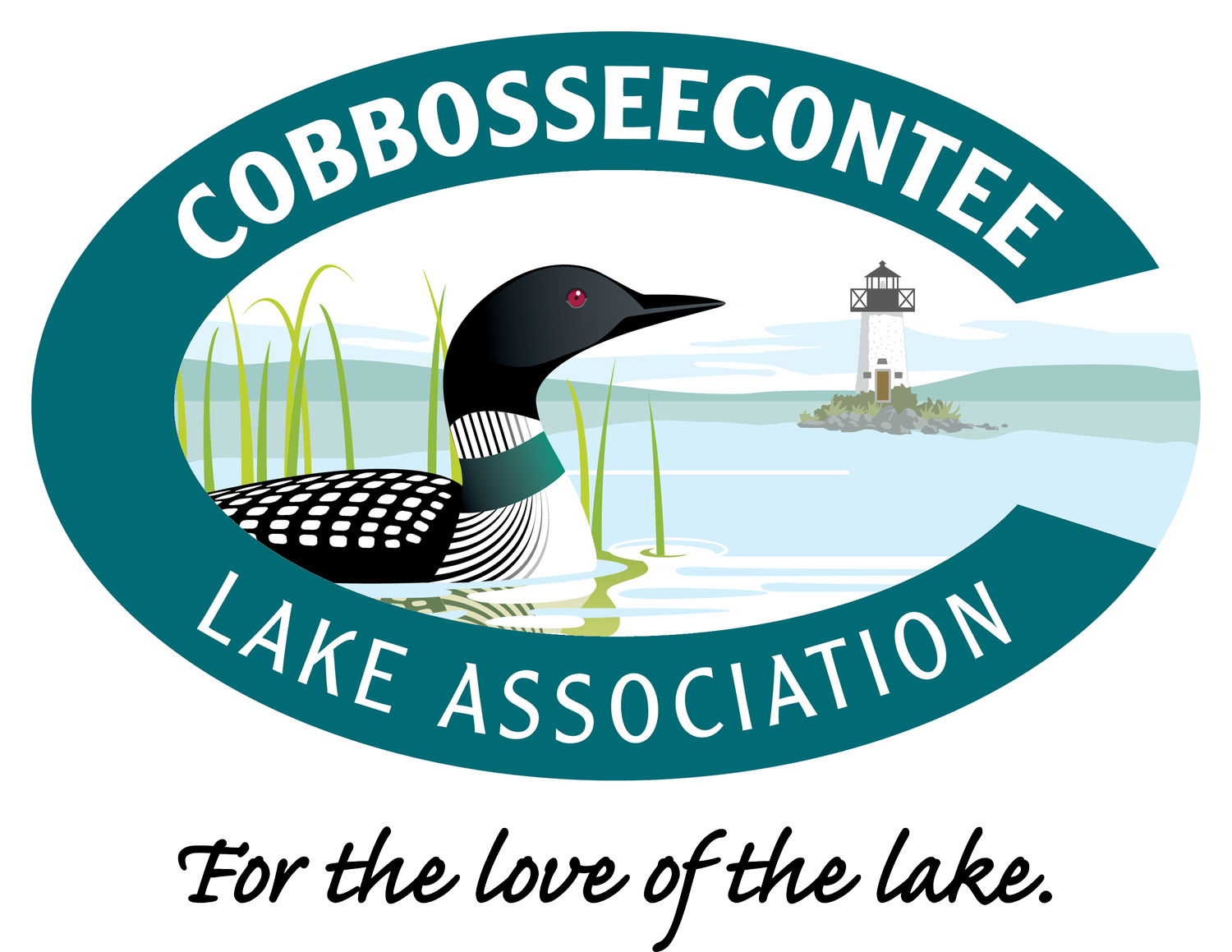clean water is vital to our lake
We all need clean water.
Clean water is fundamental to the health and enjoyment of the lake. Fish, birds, wildlife and people thrive when the water is clear. It is vital that we do everything we can to preserve the water quality of the lake we all love.
Stormwater runoff significantly reduces water quality.
Nutrients, i.e. nitrogen and phosphorus, are found in soil, fertilizers, animal waste, septic systems, and other sources. Snowmelt and rainfall deposit significant amounts of water on land, which then either soaks into the ground or runs across the surface. When water flows across a lawn or down a road or driveway, it picks up sediments and nutrients and carries them into the lake.
Once in the water, these nutrients act as food for algae and aquatic plants, the same way fertilizer feeds a lawn. Nutrient rich water can lead to increased weed density (including invasive aquatic plants) along the shore, reduced water clarity, and algae blooms.
photo above: Algae bloom in Cobbossee Lake, September 2023
What is an algae bloom?
Algae are small plant-like organisms that rely on sunlight, water, and nutrients to live. They’re found in almost all bodies of water and are a critical part of the lake ecosystem. Excessive algae growth, however, greatly reduces water clarity, leads to reduced dissolved oxygen levels, and can even be toxic. Warmth and an overabundance of nutrients enable algae to multiply quickly, creating a bloom.
A natural shoreline is good for water quality.
Generally speaking, lakes that are surrounded by forest have better water quality and clarity. In a forest, plants and trees disrupt the flow of runoff and their root systems prevent erosion by holding the soil intact. Forest floors are covered with leaves, needles and sticks, known as duff. Stormwater percolates through this natural duff, then soaks into the ground and nutrients are filtered out.
As an added bonus, a natural shoreline requires less maintenance than lawn, provides a wind break, and deters nuisance geese.
7 important ways you can help prevent an algae bloom
1. Eliminate or limit the use of fertilizer. If you must use fertilizer, make sure it is phosphorus free (middle number is 0, i.e. 10-0-10). Do not apply fertilizer immediately before a rainfall.
2. Regularly maintain septic systems
3. Keep organic matter out of the lake - do not rake leaves, needles, grass, or pet waste into the water
4. Direct water from roofs and driveways toward stable vegetated areas
5. Properly maintain unpaved roads and driveways
6. Make your shoreline as natural as possible, ideally including a 25 foot wide natural buffer strip along the shore
How you can create a natural shorefront to protect water quality
~ Maintain a buffer strip along the shore that has trees, shrubs, plants, and mulch to trap sediment and slow down runoff.
~ Lakes Like Less Lawn. Replace grass along the shore with mulch and plants, especially woody shrubs, to better trap runoff.
~ Keep a natural duff on the ground. Don’t rake up pine needles to expose bare ground, and cover exposed areas with mulch.
~ Make any walkways meander to the lake, as opposed to going in a straight line.
~ Allow a canopy of trees to break up falling rain, which reduces impact on the soil below.
Helpful Links:
Maine DEP Shorefront Property Owner Information https://www.maine.gov/dep/land/watershed/camp/index.html
Shoreline Landscaping for Lake Protection https://www.maine.gov/dep/land/watershed/bufa.html
The Buffer Handbook https://www.maine.gov/dep/land/watershed/buffhandbook.pdf
Lakes Like Less Lawn https://watershedfriends.com/wp-content/uploads/2024/01/lakes-llike-less-lawn.pdf



